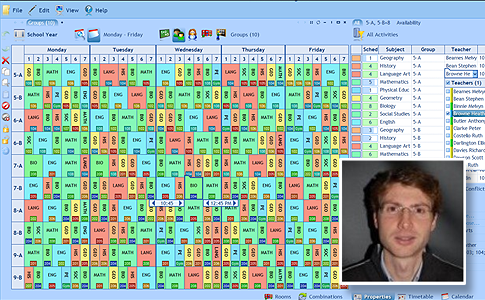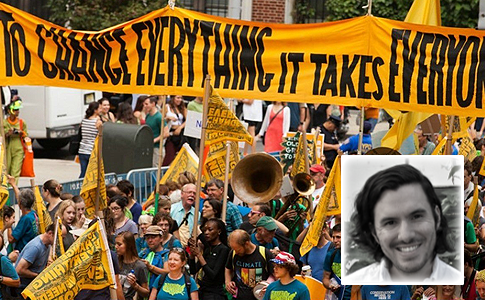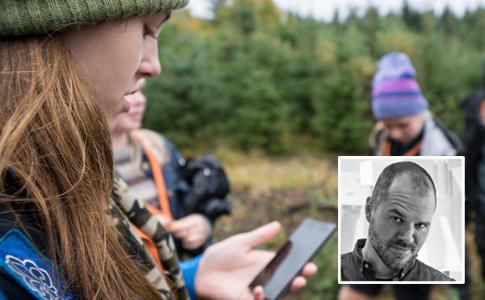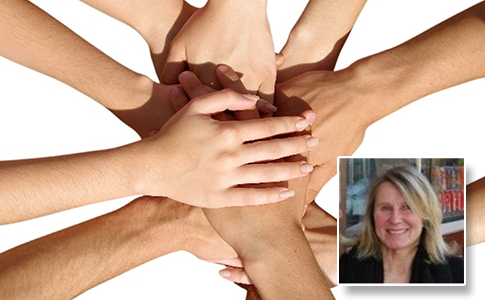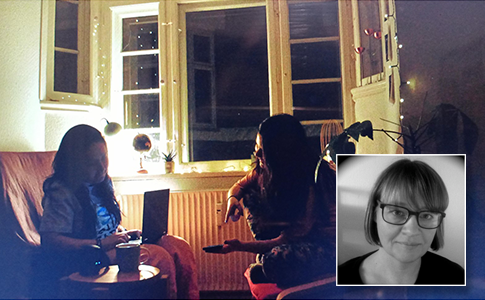Cases: Citizen Science challenges 2022

In small teams you will combine knowledge of a particular science with competencies in media, design, journalism, data handling etc. Each team is supervised by a competent science advisor and by professors on innovative citizen science methods. Through the project you get to challenge the scientist to involve citizens, to try new ways of gathering and analysing data, or even of deciding which research directions are useful. [Download PDF with all 2022 cases|
Photos: Colourbox.com.
We choose from these challenges:
-
![]()
AI timetabling
Scheduling courses can be a very complicated task if done manually as there are many people, preferences and constraints involved. Can artificial intelligent systems help? How may we form, express, collect, elicit, and aggregate preferences in such a way that the AI systems can use them in practice to align with peoples’ intentions?
-
![]()
Climate fiction
“Climate Fiction” stories explore the plausible consequences of climate change on people and the world. But can climate fiction help us imagine solutions as well? After all, thinking about the impacts of rising sea levels and extreme weather can generate strong negative emotions such as fear, anxiety, and pessimism. How might climate fiction channel such strong emotions into productive actions (e.g., changing personal habits or more political awareness)?
-
![]()
Digital scouting
Scouting has historically been associated with low tech skills – ‘wood work’, being in nature, using available materials and traditional tools, like knives, axes, rafts, etc. How do modern technologies (GPS, smartphones) and social media, which play a huge role in today’s youth life, challenge scouting culture?
-
![]()
Empowering migrants
Migration challenges are rather transnational, while migrant integration policies remain extremely national-centered. Policies are not always constructed on evidence-based approaches, and the beneficiaries (the migrants) are not always engaged in the drafting of migrant integration policies. This research project aims to find ways to empower migrants to take the lead in their own integration process and participate in the policy-making process regarding migrants themselves?
-
![]()
Public support for renewable energy
“Not-In-My-Backyard” is a challenging obstacle when communities propose renewable energy projects. It can hurt the success of the green energy transition. Which factors can help turn negative public attitudes into active support? And who decides? This project is expected to develop new knowledge about energy-society relations.
-
![]()
The heart of the matter
Involving patients, relatives and citizens in health research and services holds great promise. But how exactly everyday people have a say in designing modern health care treatment is another matter. The recently opened Center for Patient and Public Involvement seeks to employ novel methods for co-creation. This case aims at designing and testing feedback loops to harvest the voice and experience of citizens to achieve sustainable medical science.
-
![]()
To download or not to download
With all its free applications, the internet seems to be for free – however, we hardly think that it costs a lot, namely electrical energy. Internet use produces similar amounts of carbon emissions as air travel and is expected to double over the coming years. How can we make this cost more visible, and how can we save some of this energy? To communicate those costs, we will draw on research on risk communication, persuasion, persuasive technology, and behaviour change. We will work with children and their families to develop strategies to reduce electricity consumption. To find out what kinds of communications could be successful in situations, we will work closely with kids and their families. We will co-design persuasive technologies, information resources and identify situations in which change can happen.
-
![]()
Who likes drones
Drones are the robots of the future. Within the next decade they will affect everyday life of citizens - within business, health science, education and much more. But as drone technology is emerging, legislators struggle to make rules that is useful to aviation and research on one side and addresses the worries, hopes and fears of citizens on the other. This case study aims at investigating barriers by using citizens methods and thus help framing the sky of the future.
-
![]()
Young energy
Young people interact with many objects in their daily life and consume energy in complex ways. The networks of actors and objects shape routines and behaviors. How can we understand the relations between people and their daily objects – and influence energy consumption behaviors towards sustainable lifestyles?
